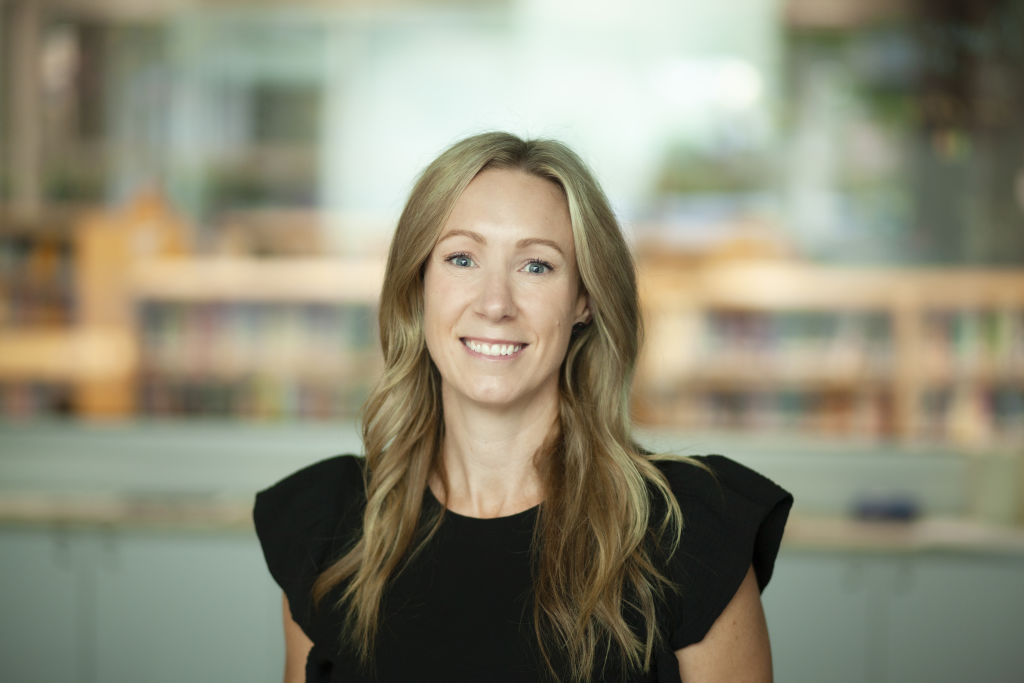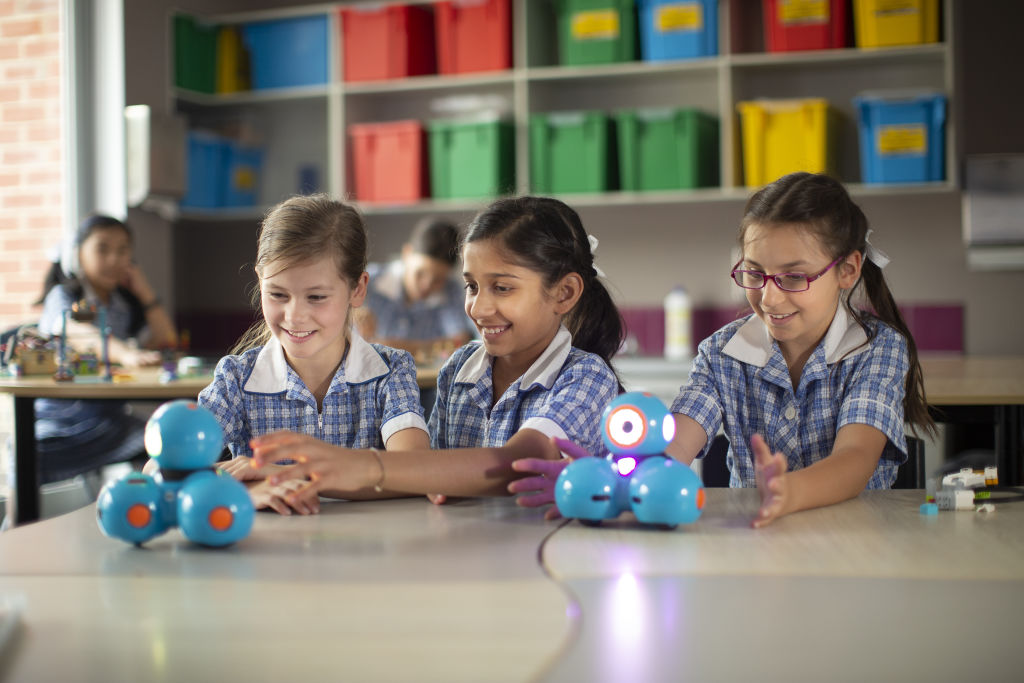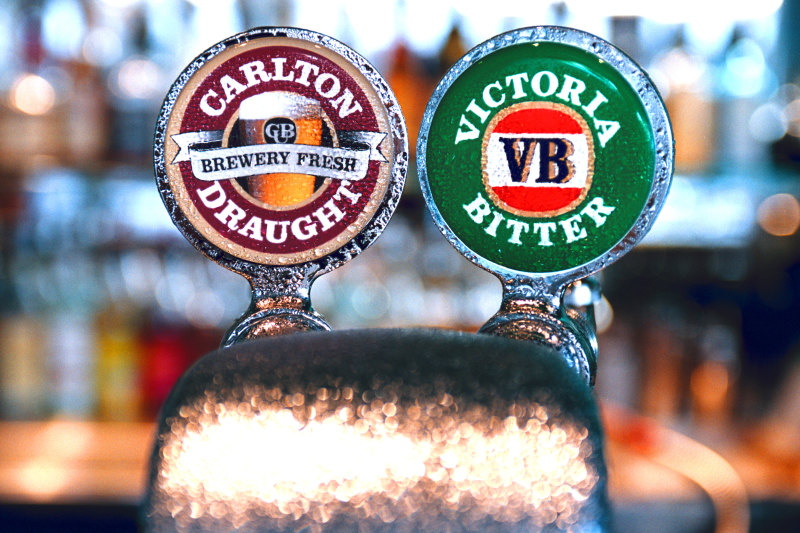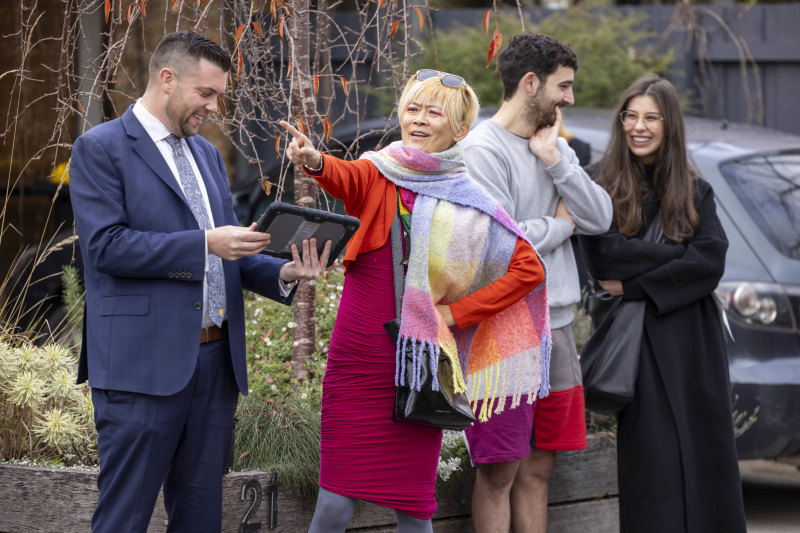Independent Schools Guide 2024: A holistic approach to wellbeing post-pandemic

Student wellbeing is now as much a priority for schools as the Maths or English curriculum.
Speak to any educator, and the message is the same: unless students are in the right frame of mind and feeling reasonably optimistic about the world, their ability to perform in class suffers.
Since the serious impacts of COVID19 on school communities, top independent schools have been proactively developing robust psychology programs.
Hawthorn’s Strathcona Girls Grammar School held a wellbeing summit last year to which staff, students, parents and alumni were invited to discuss mental health. About 350 people attended, and their views were incorporated into a new “wholeschool” plan implemented this year.
Strathcona Dean of Students Megan Boyd says three themes kept cropping up in the feedback: belonging, connection and relationships.

When students were stuck at home and attending lessons online, many lost that sense of belonging and connection. Relationships became frayed, so the program aims to bolster those areas.
“The ‘whole being’ program is being taught as a timetabled class this year and it involves three main concepts: wellbeing, ill-being and resilience,” Boyd explains.
“We are trying to create a cultural shift in the wellbeing space, one that is embedded in the entire school, from early learning to Year 12. So, we call it a ‘whole school’ approach.
“The effects of COVID were dramatic and much time was spent on reactively managing issues. We realised we needed to develop a strategy that dealt with and prevented these issues at an
early stage.”
The school now runs a SOUL (Self, Others, Us, Love) program from early learning to Year 8, and a Feliciter program (a word which means expressing pleasure or joy, from the school’s Latin motto, Fortiter Fideliter Feliciter) from years 9 to 12. They are now included in the school timetable once or twice per week, depending on the student.

At St Michael’s Grammar School in St Kilda, Head of School Gerard Houlihan says there has always been a strong emphasis on positive learning, and those efforts have been redoubled since the pandemic.
Houlihan says St Michael’s approach to wellbeing has been shaped by noted American psychologist Martin Seligman and his PERMAH model, which revolves around Positive emotion, Engagement, Relationships, Meaning in your life, Accomplishment and robust Health.
Among the school’s initiatives during COVID-19 was a “navigator model” in which heads of house, and house tutors closely monitored students’ progressand, if necessary, planned wellbeing support in conjunction with families.
The school also has a wellbeing committee comprising teachers, health professionals, staff leaders and wellbeing prefects (students), which meets fortnightly to consider ways of supporting students, staff and parents.
Houlihan says the St Michael’s house system is central to the school’s wellbeing approach.
Each student is supported by a close-knit house group, encouraging a sense of involvement, belonging and connection across the school.
We recommend
We thought you might like
States
Capital Cities
Capital Cities - Rentals
Popular Areas
Allhomes
More







